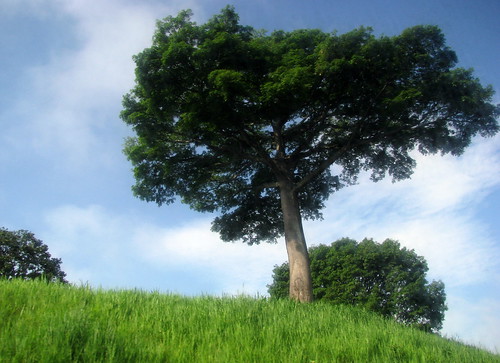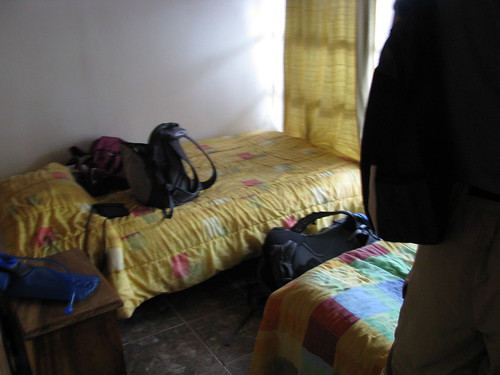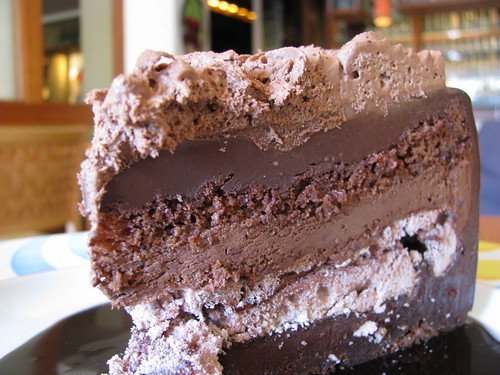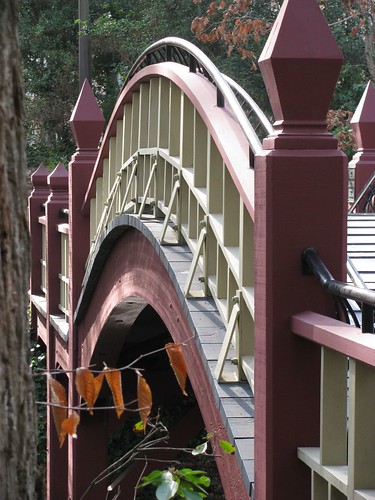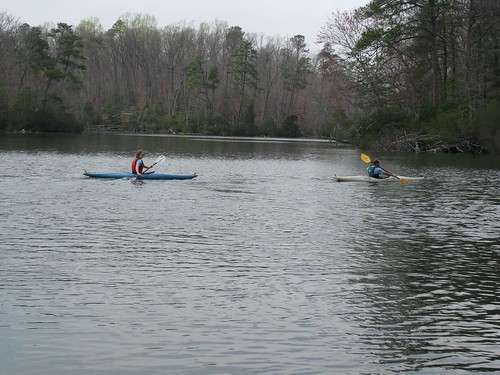From May 31, 2010 to June 11, 2010, Jeff and I traveled to Costa Rica. I was in Costa Rica 5 years previously on a school spring break trip, but Jeff had never been. Plane tickets were relatively cheap (~$300 roundtrip) and we knew someone in the Peace Corps there who we would visit.
We landed in San Jose on Monday, May 31 (it was Memorial Day in the US) and grabbed a taxi to our hostel, Hostel Bekuo. It had free internet and we had a decent private room but shared bathroom. We ate down the street at a place called Spoon, which allowed me to recall just how rusty my Spanish really was. I could get my point across, sure, but I'm definitely less conversant than in high school. We also walked around a bit, got some snacks at a grocery store, went into a comics shop, saw a Subway, etc. We had to arrange for a taxi the next morning at the crack of dawn to take us to the bus station, since San Jose wasn't so much a destination for us. That meant we missed the free hostel breakfast, but oh well.
The next morning we got up and went to the bus station. The taxi driver talked to us a bit, but of course we couldn't say much. We were there for the bus to Monteverde, and when we got there the ticket window wasn't open yet. There were a few other backpackers waiting around too. Some guys from Quebec we would see multiple times. Finally the window opened and we bought our tickets, something like $5 each (the public bus is the cheapest way around Costa Rica, and is what I would recommend if you are there). One cool thing about public buses is that food merchants get on every once in a while and are let off shortly afterward. But this means you can easily get a pretty cheap snack on your bus ride. The buses are mostly somewhat clean and a lot seem to have been tour buses in a former life (though, in the less visited areas I did ride on what was clearly a school bus once).
The bus ride was long but uneventful. As soon as you step off into Monteverde you are assaulted by people trying to sell you a place to stay. We already had reservations and one guy very nicely walked us to the bed and breakfast's sister hostel in town, where a guy who worked there walked us out to the Camino Verde B&B (it wasn't far just maybe not easy to describe). We were given our pick of rooms and basically had the place to ourselves.
Stay tuned for the continuation of our adventures - what we did in Monteverde and beyond - once I find the journal I wrote this down in!


